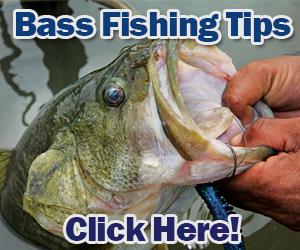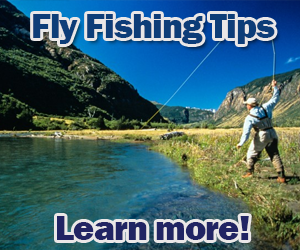Bass Fishing
Bass fishing is one of the most common types of fishing. Many bass fish are found in bayou water and salt water. They also move through lakes, ponds, reservoirs and streams. If you know the basics regarding conditions and places where bass are likely to be, you will have more success when you fish for them.
Many variables change the location of bass, such as water conditions, water levels, weather, and light and food availability. There are three main elements that must be present in a body of water in order for bass to survive: Food, oxygen, and cover.
A bass’ favorite meal is crawfish, which they prefer over shad. Basically, crawfish are usually more plentiful and they are easy for the Bass to catch. However, a bass will typically eat anything from rats, mice, ducklings, frogs, snakes, salamanders, worms, lizards, grubs, baitfish, insects, and leeches. Their ability to feast on one thing above another is why many people find such enjoyment from fishing bass.
Oxygen is another key component in finding bass fish. The basic rule of thumb is that the cooler the water, the more oxygen content. Therefore, if you are fishing in the spring, summer or early fall, you will find that the larger bass will drop down lower to find the cooler and more oxygen-filled water. They will also swim to find areas that are more concentrated in vegetation in order to find a better oxygen source. Trees, stumps, wind-blown banks, and power plants are all good sources of oxygen that will attract bass fish.
A bass relies on cover for a means of protection and way of ambush. Cover is part of a bass’ survival. The bass is known as a lazy fish, so they will hide and wait for their prey to come to them. The other reason for cover is that bass fish do not have eyelids and the cover is a way to prevent blindness. Some common cover areas to find bass in are around fabricated wood structures such as fencerows, docks, and pilings. They have been known to hide under floating pieces of wood or decaying wood. Weeds are the second best place to hunt for bass. Finally, rocks are the third place that bass will find cover. Rocks are not as reliable as weeds or wood, but sometimes a bass will find decaying pieces of food to feast on within some rocks. Remember that rocks do not produce oxygen, so the source is not as consistent.
When it comes to fishing, everyone has a different opinion. You will often find that these opinions range in location and source. However, there are some lures and baits that are recommended for bass fishing that may be useful if you haven’t tried them. Tequila colored 7-inch worms with added scent are recommended, as well as Rebel Wee-Rs. Hellgrammites are thought to be the best live bait, and many will say that you don’t need big lures to attract big bass. Everyone will tell you to tie up to an embankment, or find a dock to get close to, but it is really an art that could take years to perfect.
Bass are notorious for slow moving and lack of distance in their movements. Logically, you could sit 30 feet from the biggest bass of your life, and he is not going to swim to your bait out of pure laziness. Finding the exact spot is difficult and a lot of fishing has to do with luck.
The only part that you can control is finding the most likely places that a bass may be and exercise some patience. Weather is important to bass as well. If it is a cloudy day, you might have more luck than on a hot summer day. However, overcast is probably ideal for water temperatures, but then you have to decide what you are willing to sit through in order to catch a fish. The bottom line with bass fishing is you can only do your best with the knowledge at hand.





